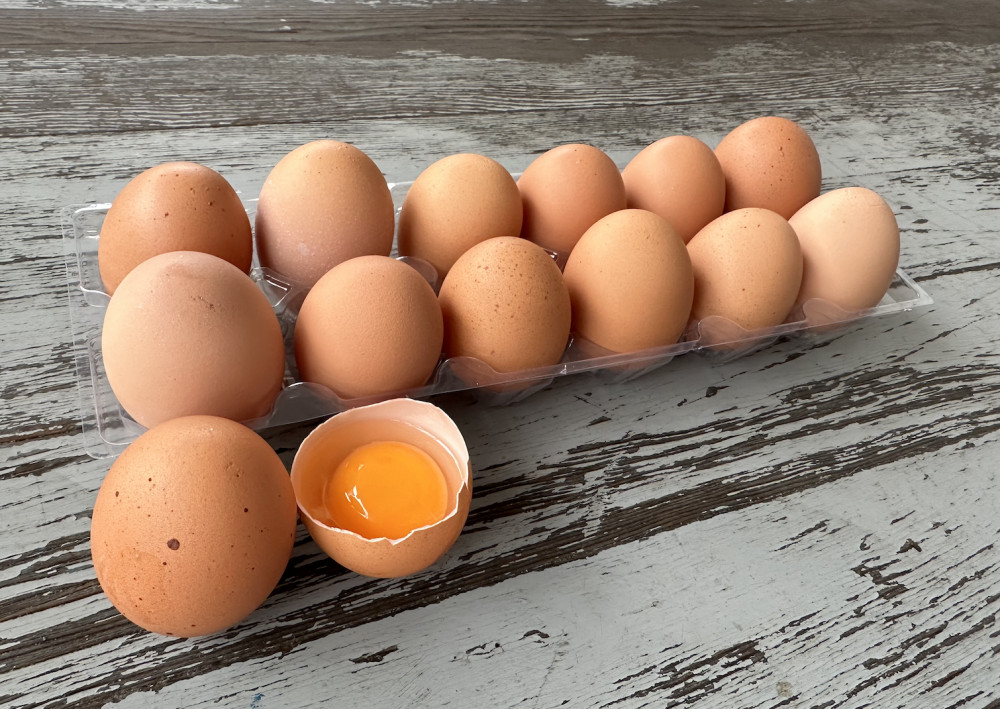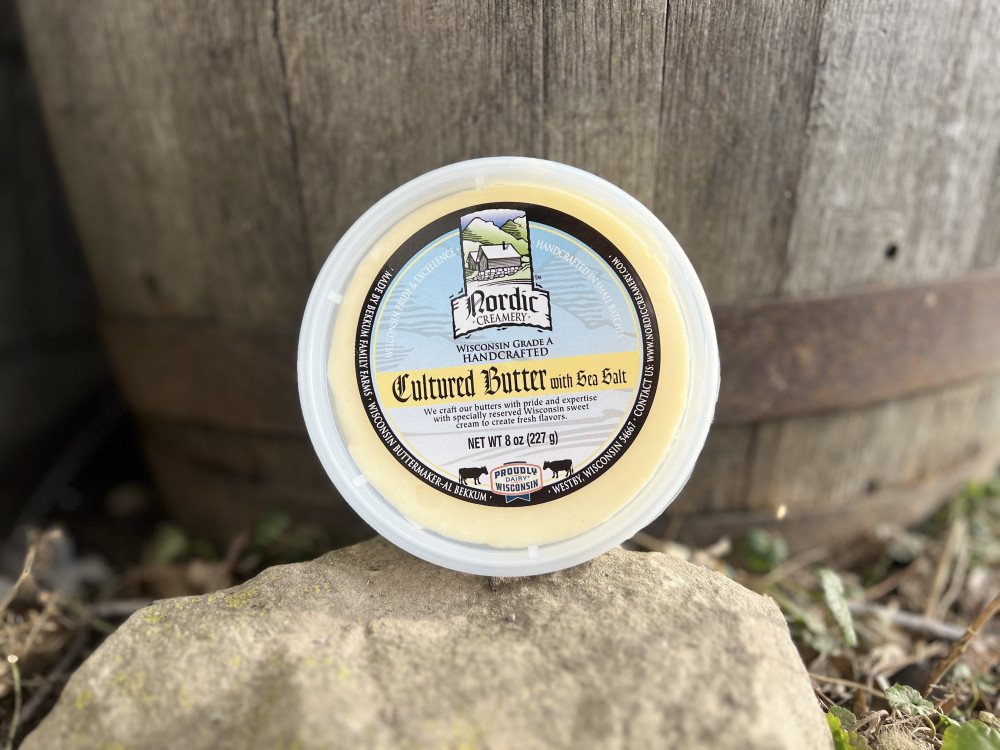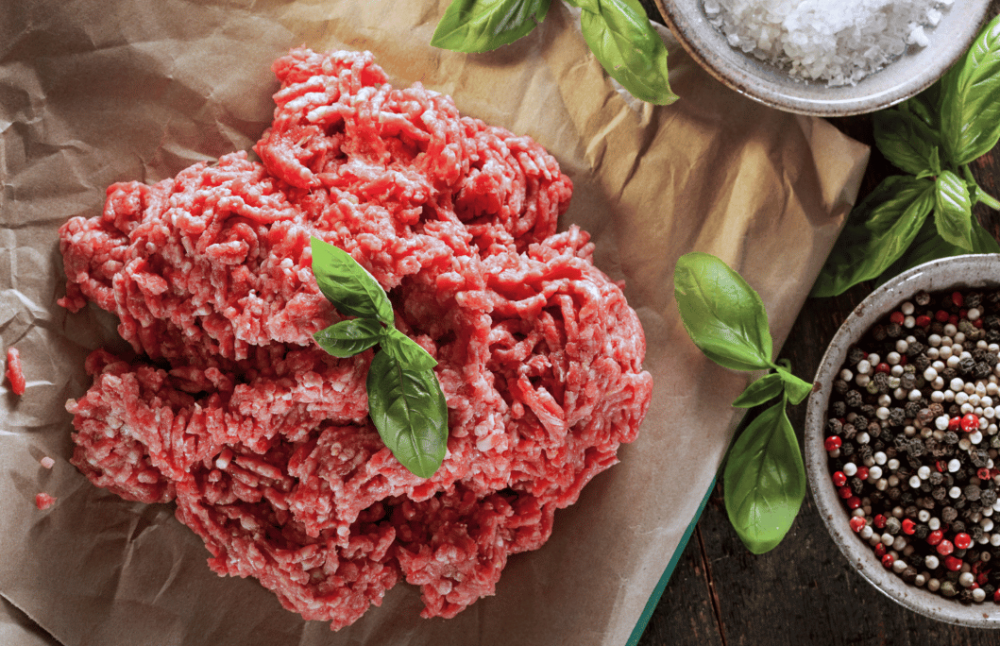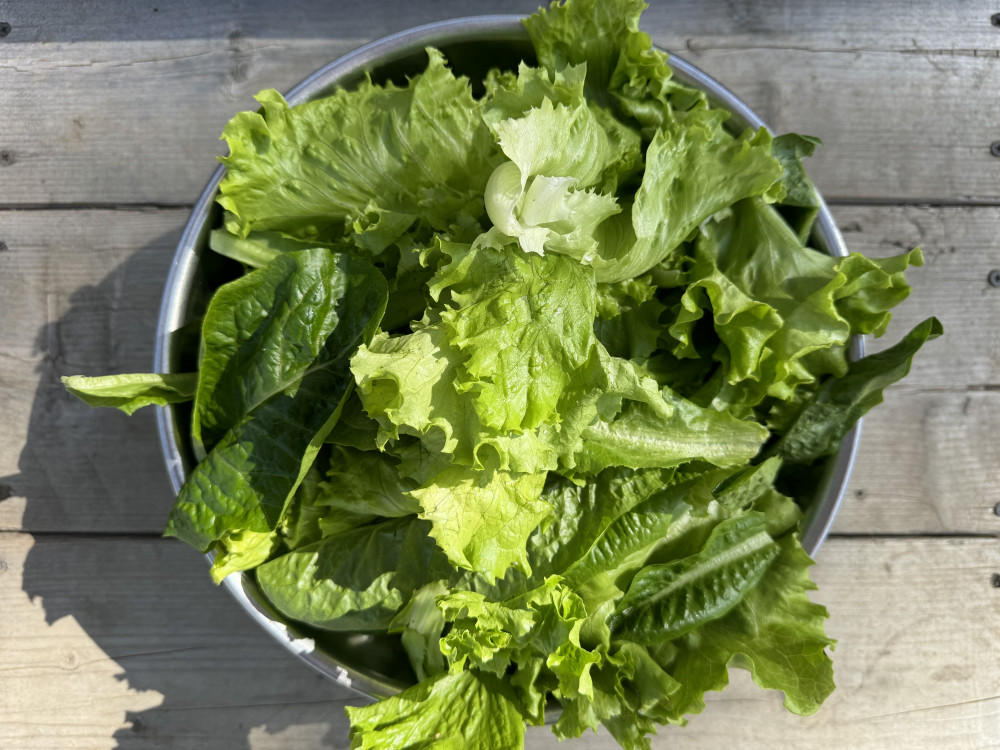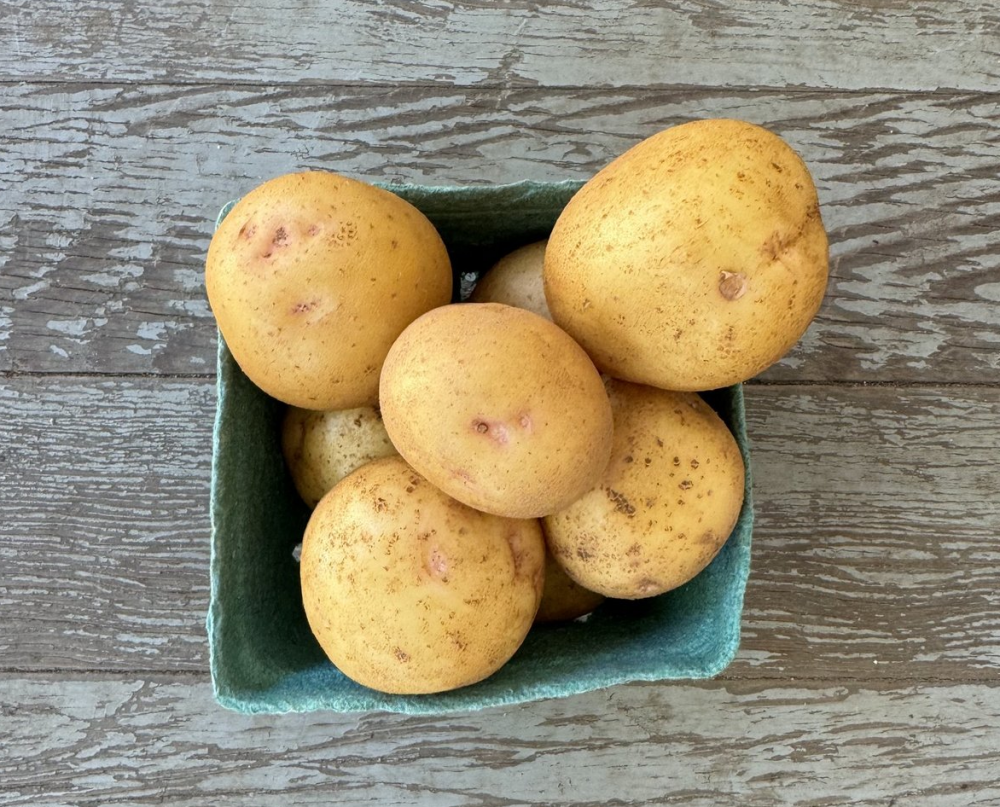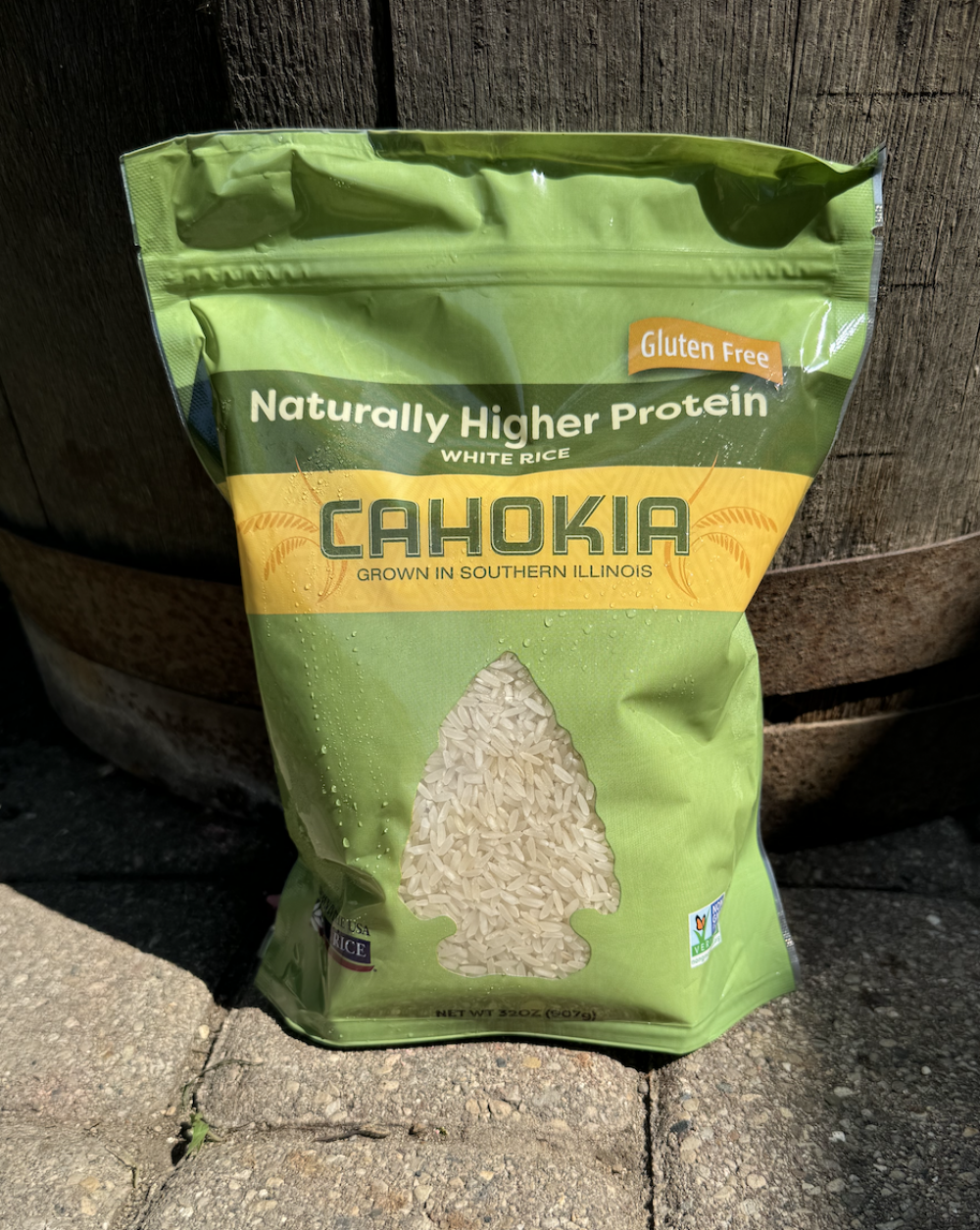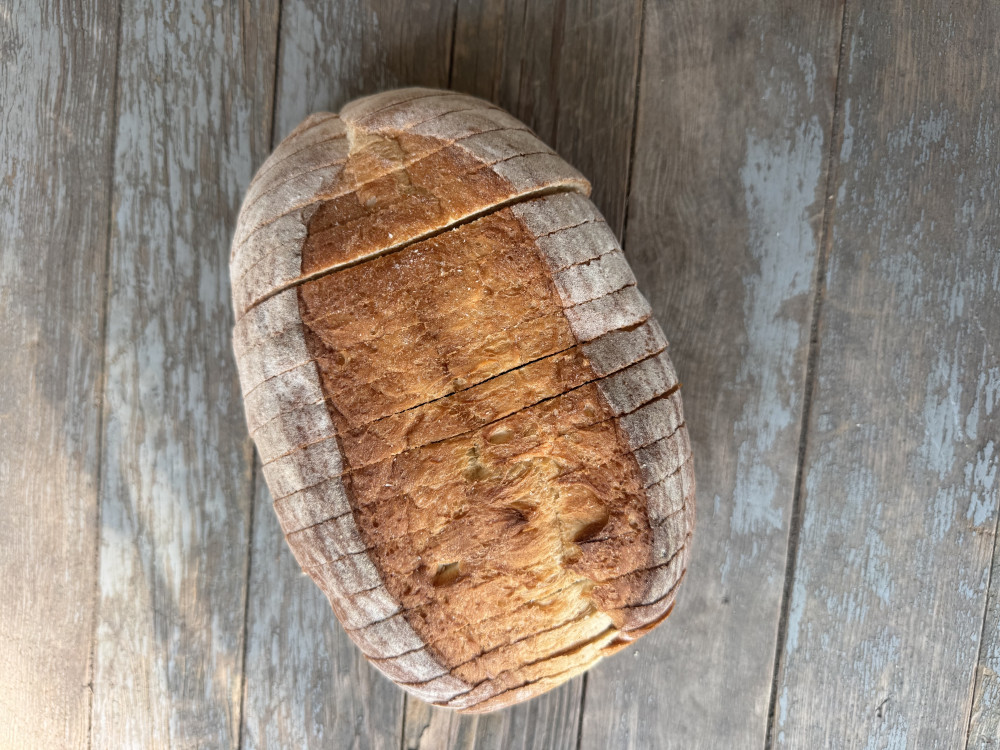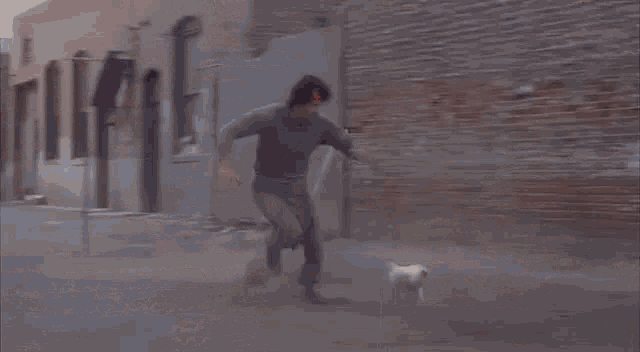newsletter Is This the New Dust Bowl?
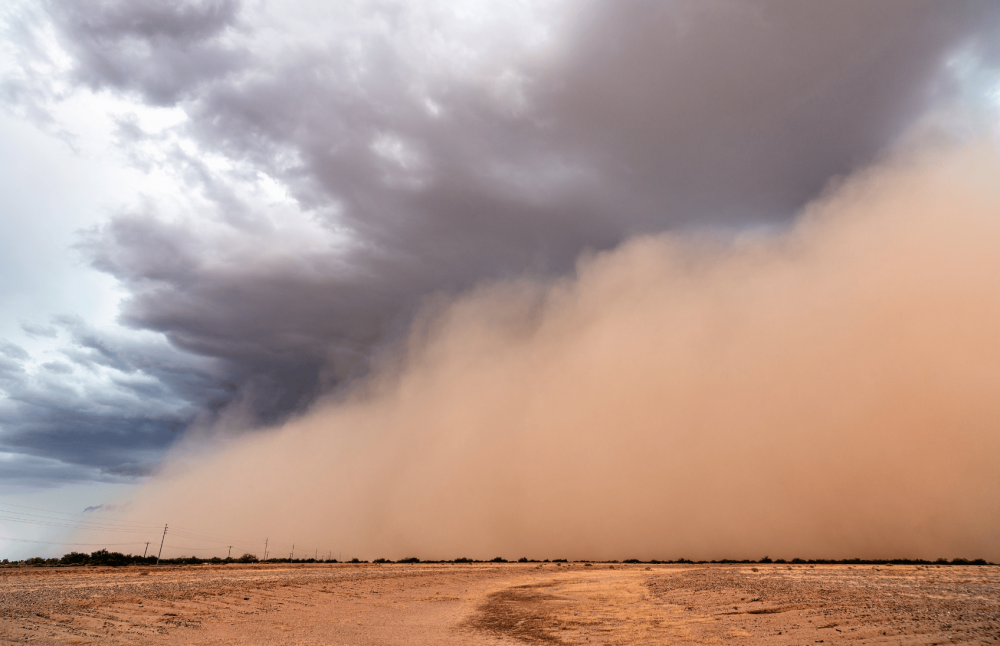
If you were anywhere near Chicago on May 16, you probably got the same iPhone alert we did: DUST STORM WARNING.
Weird. A couple hours later, we watched as a wall of dust swallowed the skyline. Streets went hazy. Baseball games put on hold. People stared out their windows saying, “Wait… a dust storm? In Illinois?”
Yeah. Us too.
According to the National Weather Service, this was the most severe dust storm to impact Chicago in nearly a century.
The last one of this magnitude? Back during the Dust Bowl of the 1930s.
Back to the 1930s: When Dirt Took Flight
In the early 20th century, newly mechanized plows and chemical fertilizers allowed farmers to break up more prairie than ever before. Millions of acres were flipped for row crops. But when drought hit, those bare, tilled fields had nothing holding the soil down.
And so, the Dust Bowl began. Crops failed. Livestock suffocated. Whole families packed up and left their farms in what became one of the largest environmental exoduses in American history.
Out of that chaos, we learned an important lesson: bare soil + drought = disaster.
The government responded by encouraging farmers to plant cover crops—grasses or legumes that grow in the off-season and keep roots in the ground. They even created programs to pay farmers for doing that.
It helped… A bit
Farmers learned their lesson, and things began to improve. Smarter practices took root — things like contour plowing, crop rotation, leaving crop residue on the field, and planting cover crops. These changes helped anchor the soil and keep it from blowing away.
The Dust Bowl eventually faded, not just because the rains returned, but because land management actually got better.
In 1985, the government launched the Conservation Reserve Program (CRP), which pays landowners to plant cover crops and other vegetation instead of leaving their soil bare and vulnerable to erosion. That program has kept millions of acres of land protected — especially in high-risk areas like the Great Plains.
(Side note: we just met with the CRP team in New Lenox last week to plan a cover crop strategy for our new farm. Super helpful people. Also, a little worried about their job security — but that’s another story.)
Trouble Is Blowing in Again
Despite what we’ve learned, we’re starting to slip. We're still not cover cropping... In 2021, 0nly 7% of Midwest farmland had cover crops. Source
At the same time, atmospheric dust is rising again. A 2020 study found that dust levels in the Great Plains increased 5% per year from 2000 to 2018. That’s nearly double in just two decades.
Why? In just five Plains states, farmers converted 2,000 square miles of grassland to cropland from 2006 to 2011—roughly the size of Delaware. If the Great Plains gets drier, as climate projections suggest, researchers warn that “all the pieces are in place for a repeat of the Dust Bowl.” Read more about that here
And Illinois isn’t immune. In fact, even with a wetter-than-average climate, our farming practices can override that advantage. As one researcher said: “We can’t change the Earth’s surface without consequences.”
This Has Already Turned Deadly
On May 1, 2023, windblown soil from freshly tilled fields caused a deadly accident on I-55 near Springfield. Seven people died. Dozens were injured. Read the NWS report
Two years later, we got another taste of it. Thankfully not deadly this time.
So What Can Be Done?
The good news: we know what to do. The challenge? Not enough farmers are doing it.
And one of the biggest reasons? There aren’t enough consumers demanding it. When people start voting with their grocery dollars for a healthier food system, farmers respond. Markets follow demand.
That’s where you come in.
It all starts with choosing to buy local food. Our industrial food system depends on large-scale agriculture that prioritizes cheap and efficient production, often at the expense of the environment. By design, it works against nature.
Local, small-scale farms are different. They have the flexibility to work with nature — to plant cover crops, build windbreaks, diversify crops, and restore soil health.
They produce food that’s better for you, and better for the planet.
Kakadoodle’s Role
At Kakadoodle, we’re not just here to deliver eggs and veggies. We’re working on the source code of food. That includes:
- Partnering with CRP to plant cover crops and protect our new farm's soil.
- Practicing regenerative agriculture that restores soil, water, and biodiversity by incorporating multiple species onto the land.
- Create a new local food system that’s both delicious and good for our planet.
Dust storms aren’t normal here in Illinois.
Let’s keep it that way.

